Last updated on
Discover how plumbers play a crucial role in installing kitchen sinks, ensuring functionality and convenience in your home.
If you’re planning to remodel your kitchen, one of the essential elements that you need to consider is the sink. It’s where you wash your dishes, prepare food, and sometimes even bathe your pets! However, when it comes to installing a new kitchen sink, many homeowners wonder if they should call a plumber or handle the installation themselves.
In this blog post, we’ll answer the question: do plumbers install kitchen sinks? We’ll explore why it’s important to hire a professional for this task and what factors you should consider before making a decision. So let’s dive in!
What's Inside
Types of Kitchen Sinks Plumbers Install

When it comes to kitchen sinks, there are various types available in the market. Plumbers can install any type of sink that you choose, but it’s essential to select one that suits your needs and preferences.
Some popular options include undermount sinks, top-mount or drop-in sinks, farmhouse or apron-front sinks, and integrated or seamless sink designs.
Undermount Sinks: These are installed underneath the countertop for a sleek look and easy cleaning.
Top-Mount Sinks: Also known as drop-in sinks because they sit on top of the counter with their edges resting on it.
Farmhouse Sinks: They have an exposed front panel that extends beyond the edge of your countertop for a rustic feel.
Integrated Sink Designs: These offer a seamless look by integrating both sink basin and countertop into one piece without visible seams between them.
Each type has its own unique features and benefits. It’s important to consider factors such as durability, ease of maintenance/cleaning when choosing which type is best suited for your home.
Assessing Plumbing Requirements
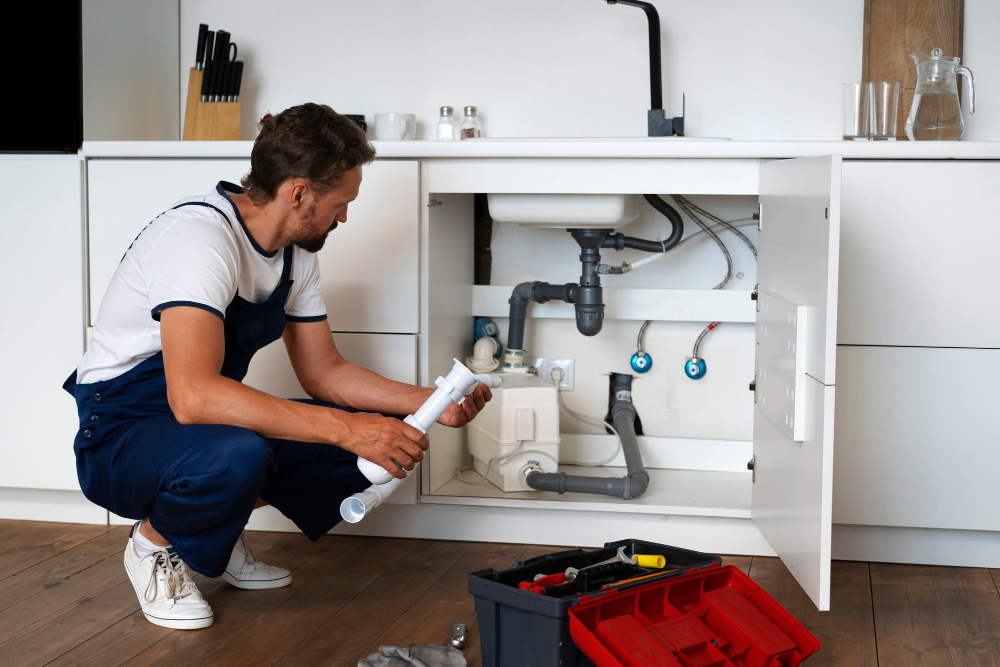
This step is crucial because it ensures that the installation process goes smoothly and that you don’t encounter any issues down the line.
Assessing your plumbing requirements involves checking if your current plumbing system can accommodate the new sink’s size and configuration. For instance, if you’re planning to install a double-bowl sink instead of a single bowl one, you need to ensure that there are enough drain lines available for both bowls.
Another factor to consider is whether or not additional water supply lines are needed for features such as sprayers or soap dispensers. If so, then these will need to be installed before proceeding with the actual sink installation.
It’s also important to check if there are any leaks in your existing pipes or fixtures before starting work on installing a new kitchen sink. A professional plumber can help identify potential problems and provide solutions before they become bigger issues.
Measuring and Cutting the Countertop

This step is crucial to ensure that your sink fits perfectly into the space provided. If you’re not confident in your measuring skills or don’t have experience cutting countertops, it’s best to leave this task to a professional plumber.
However, if you decide to take on this task yourself, make sure that you have all of the necessary tools and materials before starting. You’ll need a tape measure, pencil or marker for marking measurements on the countertop surface, a jigsaw with an appropriate blade for cutting through stone or laminate surfaces (if applicable), clamps for securing pieces together while cutting them out from larger sheets of material like granite slabs.
It’s important also not only consider how much space is needed around each side but also account for any additional features such as garbage disposals or soap dispensers which may require extra clearance underneath where they will be installed later down line during plumbing installation process by professionals like plumbers.
Preparing the Workspace
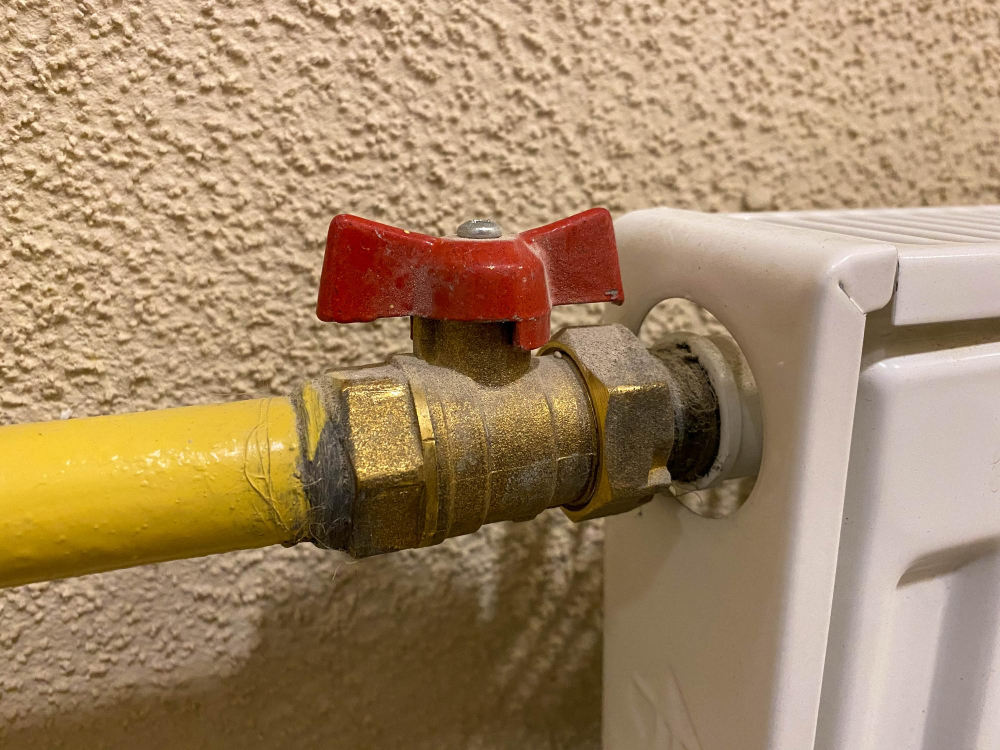
This step is crucial in ensuring that the installation process goes smoothly and without any hiccups. First, clear out all items from under your existing sink and remove any clutter around the area where you’ll be working.
Next, turn off both hot and cold water supply valves located beneath your sink or at the main shutoff valve if there isn’t one under your sink.
Once you’ve turned off the water supply valves, disconnect all plumbing fixtures attached to your old kitchen sink carefully. Be sure to have a bucket handy as some residual water may still be present in pipes or traps.
After removing everything from underneath of old sinks such as garbage disposals or dishwasher connections (if applicable), use a wrench to loosen nuts holding down mounting clips on top of countertop surface surrounding current fixture location.
Removing the Old Kitchen Sink
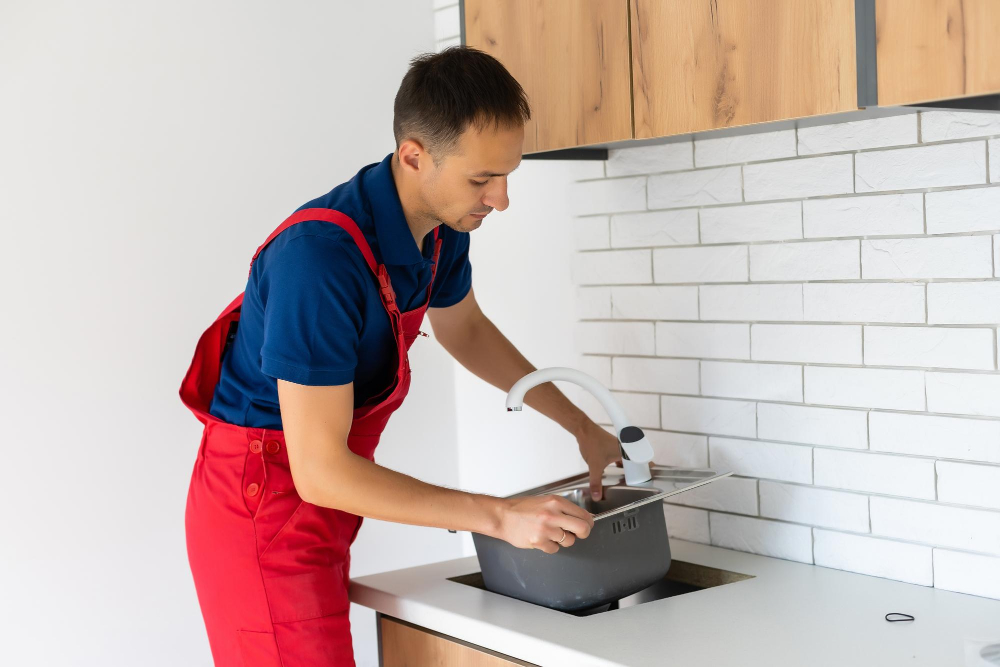
This task can be challenging and time-consuming, especially if you’re not familiar with plumbing or DIY projects. That’s why hiring a professional plumber is highly recommended for this step.
When removing an old kitchen sink, plumbers will first turn off the water supply and disconnect all plumbing fixtures connected to the sink. They’ll then loosen any mounting hardware that secures the sink in place and carefully lift it out of its position.
It’s crucial to handle an old kitchen sink with care during removal as it may contain sharp edges or broken parts that could cause injury if mishandled. Plumbers have experience handling these types of situations safely while minimizing damage to your countertops or cabinets.
Once removed, plumbers will inspect your existing plumbing system for any signs of wear or damage before proceeding with installation of your new kitchen sink.
Installing the New Kitchen Sink
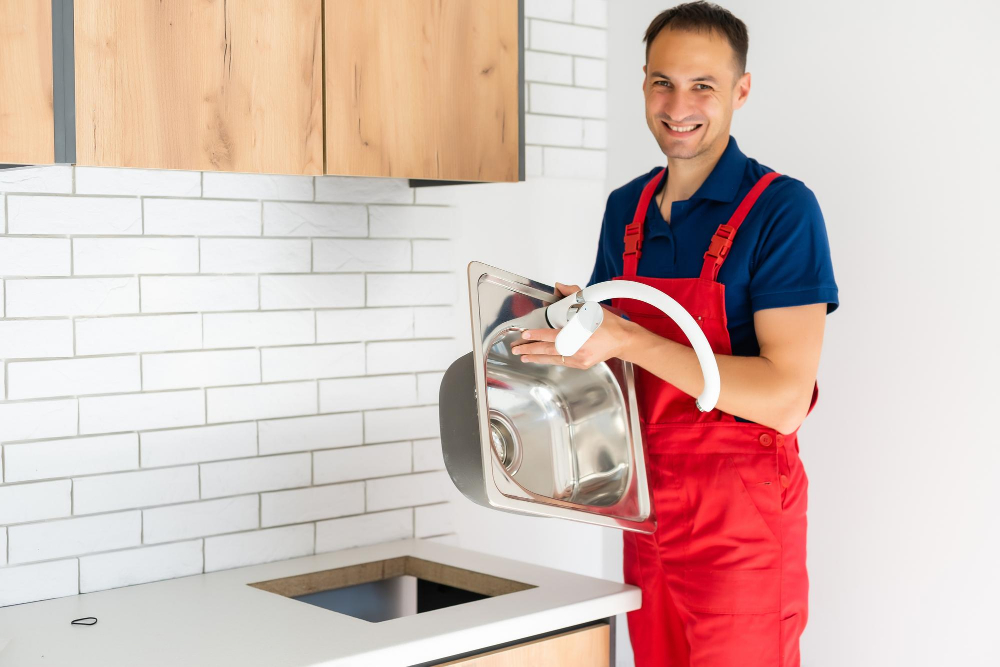
This is where a plumber’s expertise comes in handy. Plumbers are trained to handle different types of kitchen sinks and can ensure that your new sink is installed correctly.
The first step in installing a new kitchen sink is to position it on top of the countertop and trace its outline with a pencil. Next, use a jigsaw or handsaw to cut along the traced line carefully.
Make sure that you measure accurately before cutting as any mistakes could result in an ill-fitting sink.
After cutting out space for your new kitchen sink, place it into position and secure it using clips or mounting hardware provided by the manufacturer. Ensure that everything lines up correctly before tightening all screws securely.
Connect plumbing fixtures such as faucets and drains according to manufacturer instructions while ensuring there are no leaks present after installation.
Connecting Plumbing Fixtures
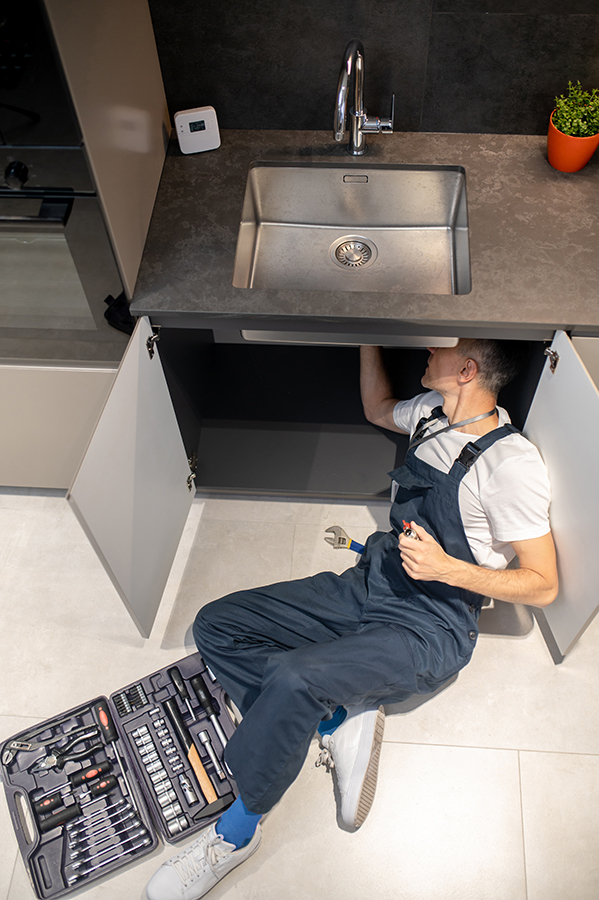
This step requires a bit of technical know-how and experience, which is why hiring a professional plumber can be beneficial. A licensed plumber will have the necessary tools and expertise to ensure that all connections are secure and leak-free.
The first fixture that needs to be connected is usually the drain assembly. The drain assembly consists of several parts, including a tailpiece, P-trap, extension pipe or tubing (if needed), and strainer basket or stopper.
These components work together to prevent clogs by directing wastewater out of your home’s plumbing system.
Next up are water supply lines for hot and cold water faucets. Plumbers use flexible hoses made from braided stainless steel or reinforced polymer materials for this purpose as they offer durability while being easy to install.
Finally comes testing everything out! Once all fixtures have been connected correctly with no leaks detected during installation process; turn on both hot & cold taps simultaneously so you can check if there’s any leakage around joints between pipes/fittings before using your new kitchen sink regularly.
Securing the Sink and Checking for Leaks
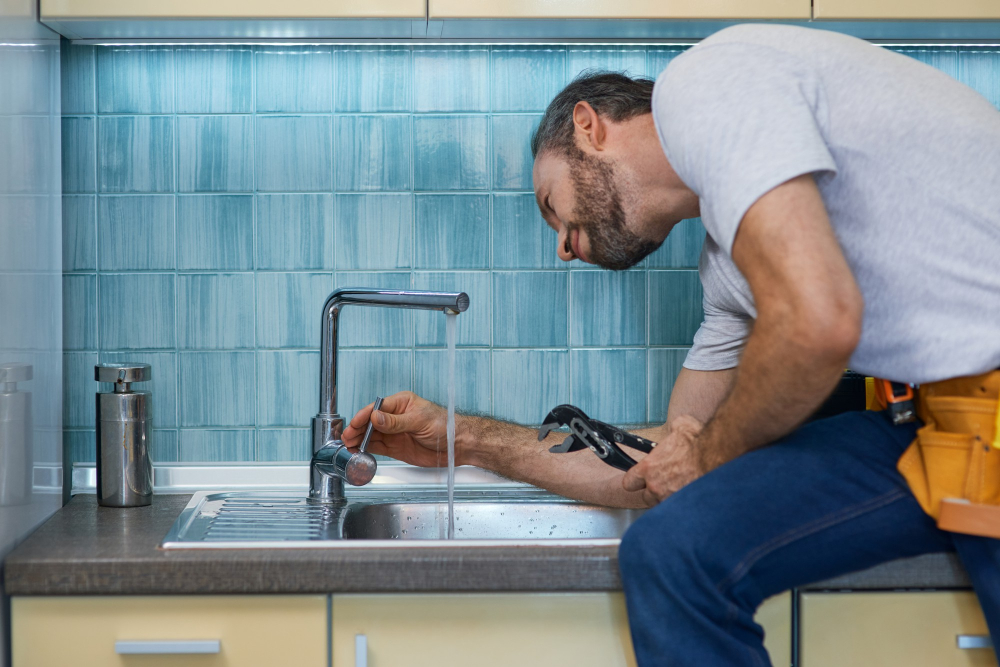
This step involves attaching clips or brackets underneath the countertop to hold the sink firmly in place. The plumber will use a silicone sealant around the edges of the sink to prevent water from seeping into any gaps between it and your countertop.
After securing your new kitchen sink, a professional plumber will check for leaks by turning on both hot and cold water faucets at full blast while inspecting all connections for drips or signs of moisture. They’ll also look under your cabinets with a flashlight for any visible leaks that may have gone unnoticed during installation.
Checking for leaks is an essential part of installing a new kitchen sink because even small drips can cause significant damage over time if left unaddressed. A skilled plumber knows how important this step is, so they take their time during this process ensuring everything has been done correctly before leaving you with peace of mind knowing that there are no hidden issues lurking beneath your newly installed kitchen sinks.
Tools and Materials Needed for Sink Installation
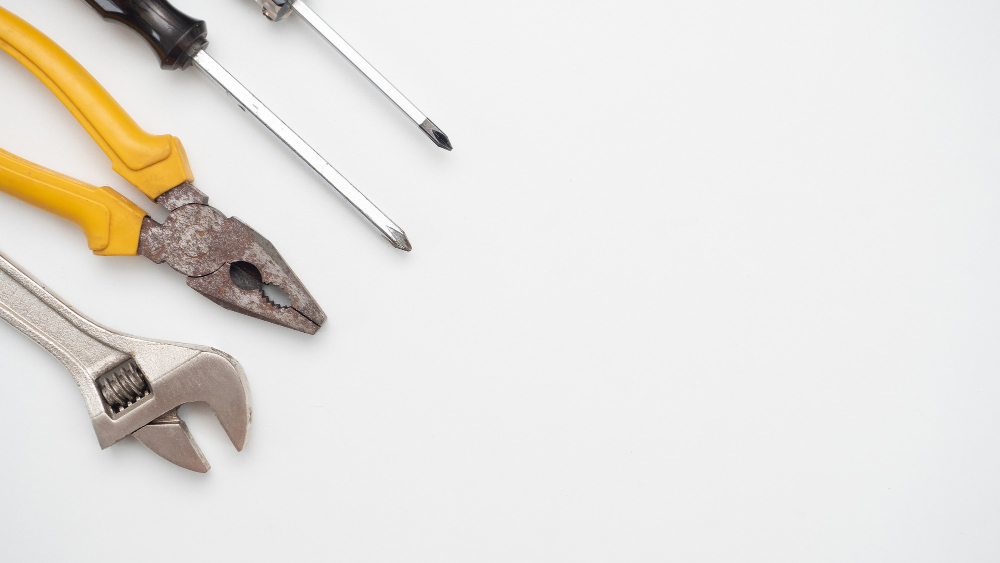
Here are some of the things that plumbers typically use for sink installation:
Tools:
- Adjustable wrench
- Basin wrench
- Channel-lock pliers
- Hacksaw or reciprocating saw
- Screwdriver (flathead and Phillips)
- Silicone caulk gun
- Materials:
- Kitchen Sink
- Faucet set with supply lines
- Plumbers putty or silicone sealant
- PVC pipe fittings
- Teflon tape
While some of these items may be familiar to DIY enthusiasts, others require specialized knowledge and experience. For example, using the wrong type of sealant can lead to leaks or damage your countertop over time.
That’s why hiring a professional plumber is often recommended for kitchen sink installations. They have all the necessary tools on hand and know how to use them correctly without damaging your plumbing system.
They can help you choose high-quality materials that will last longer than cheaper alternatives available at hardware stores.
DIY Vs Professional Installation
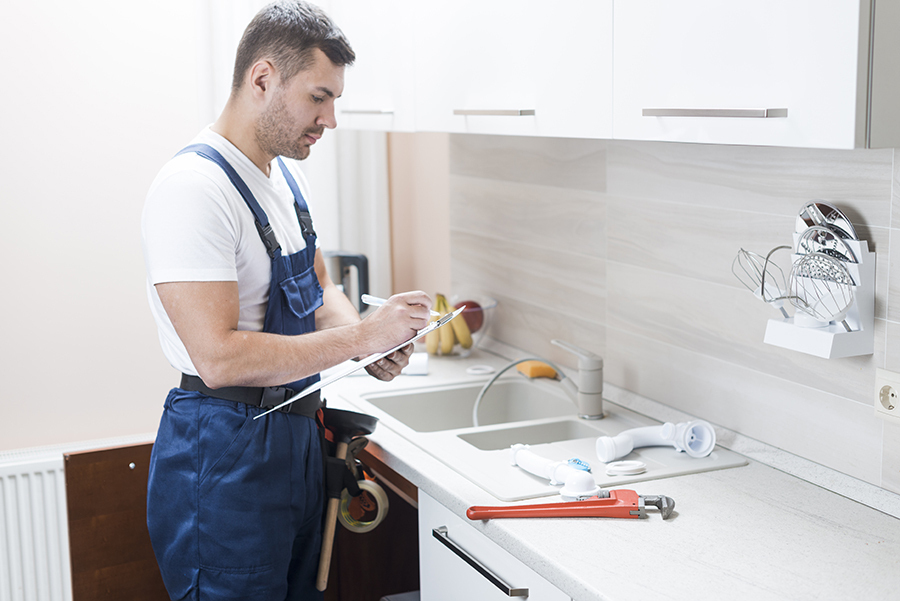
While some homeowners may feel confident tackling this project on their own, there are several reasons why hiring a professional is the best choice.
Firstly, plumbing work requires specialized knowledge and skills that most people don’t have. A licensed plumber has undergone extensive training and knows how to handle various plumbing fixtures safely.
They also have access to the right tools and equipment needed for the job.
Secondly, DIY installation can lead to costly mistakes down the line. If not installed correctly, your sink could leak or cause water damage over time.
This could result in expensive repairs or even require replacing your entire countertop.
Lastly, hiring a professional saves time and effort on your part while ensuring quality workmanship with minimal disruption of daily activities at home.
Hiring a Professional Plumber
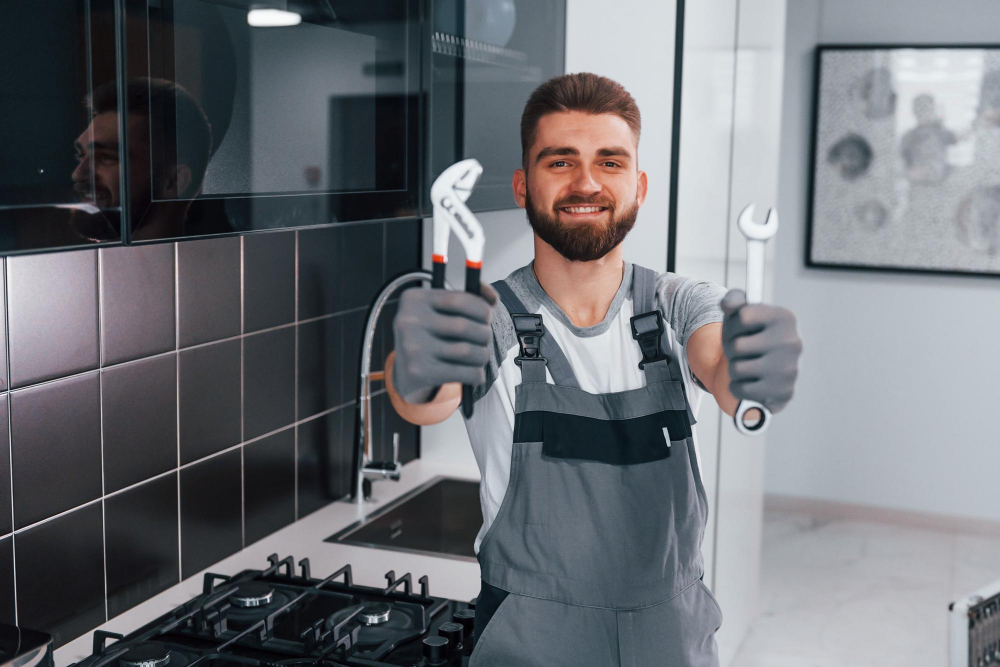
Plumbers have the knowledge and experience to ensure that your sink is installed correctly and safely. They can also help you choose the right type of sink for your needs, assess any potential plumbing issues, and provide advice on maintenance.
When hiring a plumber for kitchen sink installation, make sure they are licensed and insured. This will protect you from any liability if something goes wrong during the installation process.
You should also ask about their experience with installing sinks similar to yours.
Another factor to consider when hiring a professional plumber is cost. The average cost of installing a kitchen sink varies depending on factors such as location, complexity of the job, materials needed etc., so be sure to get multiple quotes before making a decision.
Reasons to Hire a Plumber for Sink Installation
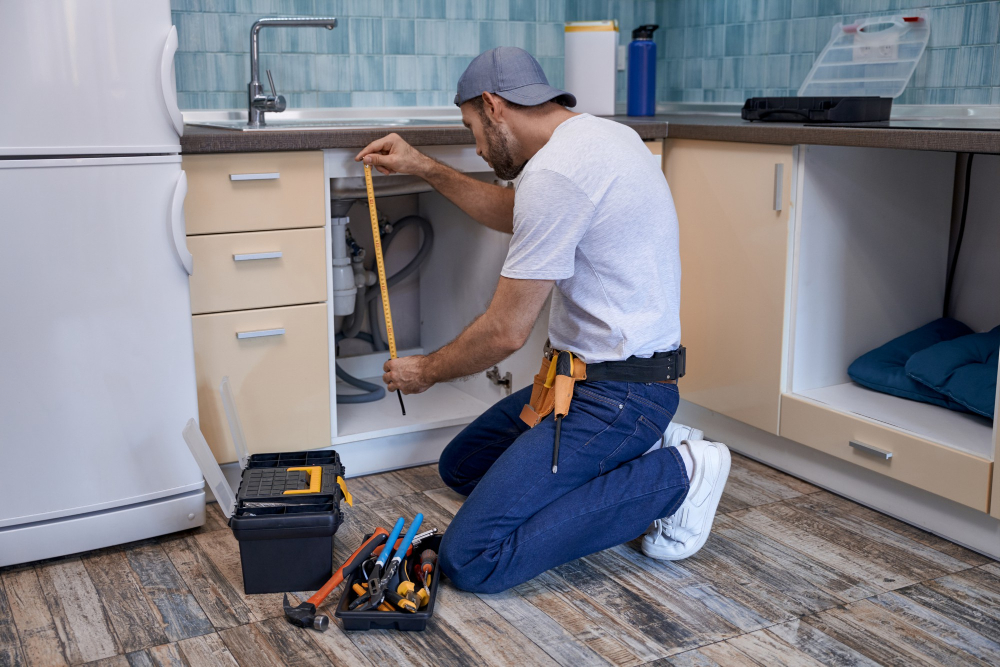
First and foremost, plumbers have the necessary skills and experience to ensure that your sink is installed correctly. They know how to assess plumbing requirements, measure and cut countertops accurately, connect fixtures properly, secure the sink in place securely without causing any damage.
Another reason why you should hire a plumber for your kitchen sink installation is safety. Plumbing work can be dangerous if not done correctly or with proper tools; it could lead to leaks or even flooding in your home which can cause significant damage.
When you hire a professional plumber for your kitchen sink installation needs they will provide warranties on their workmanship as well as materials used during installation giving you peace of mind knowing that if anything goes wrong within this period they will come back free of charge.
Average Cost for Plumbers to Install Kitchen Sinks

The average cost for plumbers to install kitchen sinks ranges from $200 to $500. However, this price may increase or decrease based on your location, the complexity of the installation process and any additional plumbing work required.
While some homeowners may be tempted to save money by attempting a DIY installation or hiring an unlicensed handyman, it’s important to remember that improper installation can lead to costly repairs down the line. Hiring a licensed plumber ensures that your sink is installed correctly and up-to-code.
Professional plumbers have access to specialized tools and equipment needed for proper sink installation which you might not have at home. They also provide warranties in case anything goes wrong with their workmanship during or after completion of their job.
Benefits of Professional Sink Installation
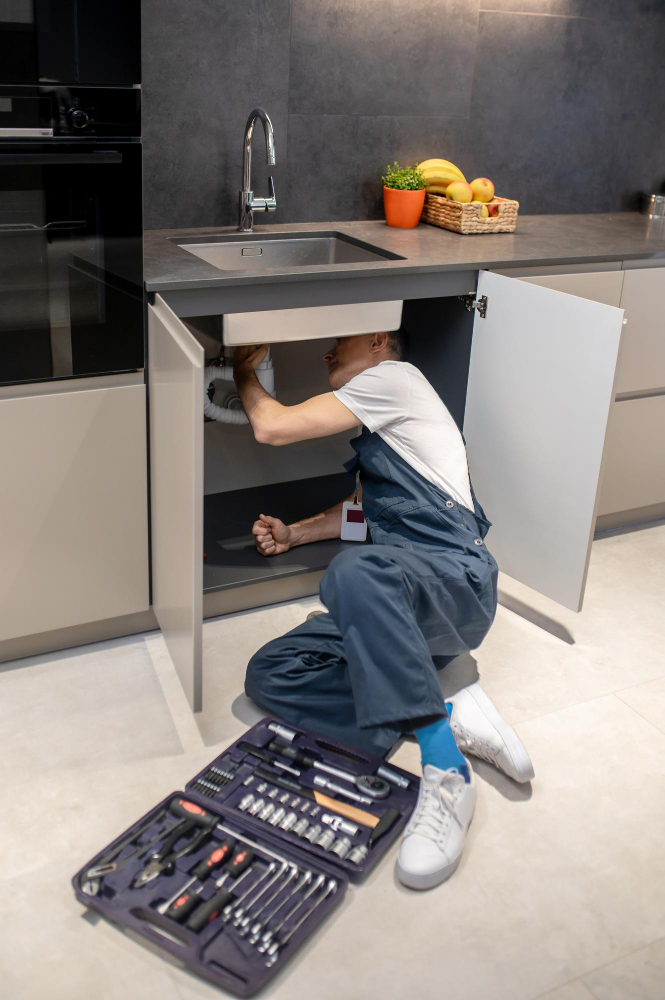
Firstly, they have the expertise and experience needed to ensure that the installation is done correctly. This means that you won’t have to worry about leaks or other plumbing issues down the line.
Secondly, plumbers come equipped with all of the necessary tools and materials needed for sink installation. They also know how to use these tools safely and effectively, which can save you time and money in the long run.
Thirdly, professional plumbers are licensed and insured. This means that if anything goes wrong during installation or if there are any damages caused by their workmanship, they will be held accountable for it.
Lastly, hiring a plumber can give you peace of mind knowing that your kitchen sink has been installed properly according to local building codes and regulations. You won’t have to worry about failing an inspection or facing fines due to improper installations.
How Long Does It Take a Plumber to Install a Kitchen Sink?
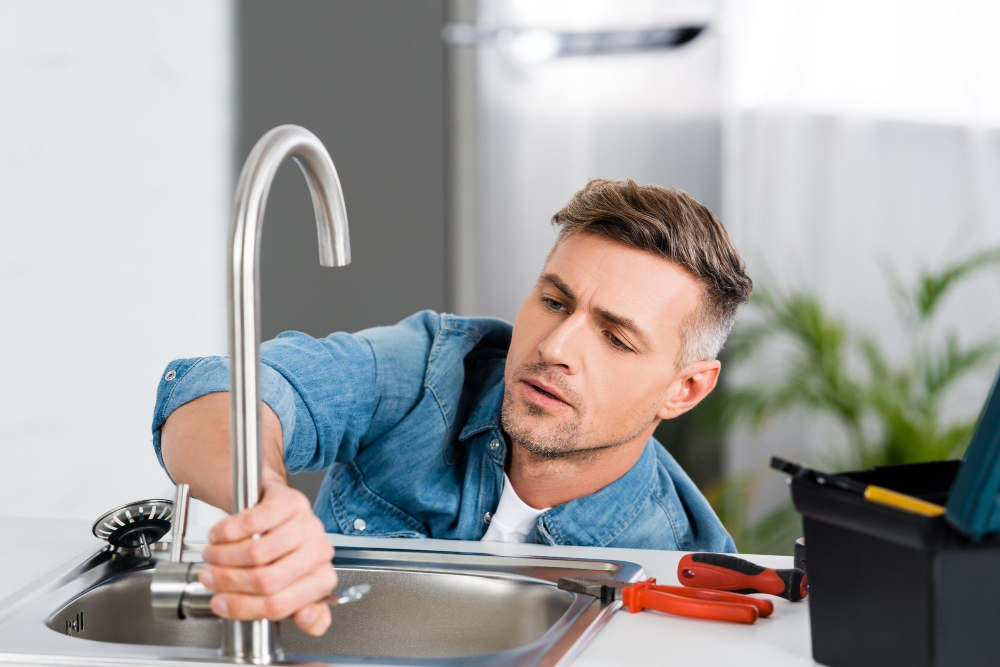
The answer depends on several factors, such as the type of sink you’re installing and whether any plumbing modifications are necessary.
On average, a professional plumber can install a kitchen sink in about two to four hours. However, this timeframe may vary depending on your specific situation.
For example, if you’re replacing an old sink with a new one that’s similar in size and style without making any significant changes to your plumbing system or countertop configuration; installation will likely take less time than if you were installing an entirely new type of sink or modifying existing pipes.
It’s essential to keep in mind that while DIY installation may seem like an attractive option for saving money upfront; it could end up costing more down the line if mistakes are made during installation leading to leaks or other issues requiring repairs by professionals.
What to Expect During Sink Installation

First, the plumber will assess your plumbing requirements and determine if any modifications need to be made before installing the new sink. This may include replacing old pipes or adding new ones.
Next, they will measure and cut the countertop to fit your chosen sink properly. They’ll also prepare the workspace by removing any debris or obstacles that could hinder installation.
Once everything is ready, they’ll remove your old kitchen sink carefully without damaging surrounding fixtures like countertops or cabinets. Then comes time for installing a new one! The plumber will secure it in place using specialized tools and materials while ensuring proper alignment with other plumbing fixtures such as faucets and drains.
After securing everything correctly, they’ll connect all necessary plumbing fixtures like water supply lines and drainpipes before checking for leaks thoroughly. Once satisfied that everything is working correctly without leaks or issues of any kind – you can enjoy using your brand-new kitchen sink!
Maintenance and Repair Tips
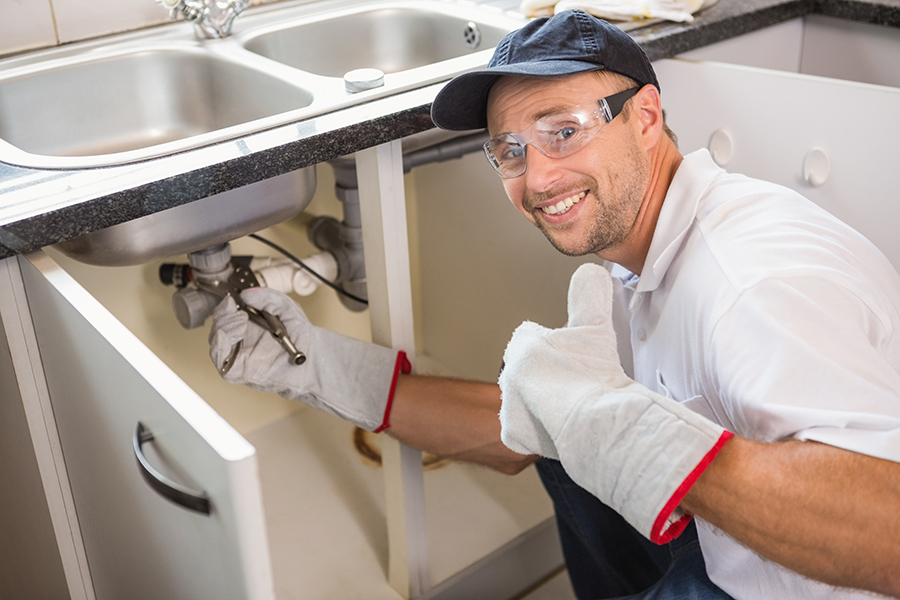
Regular cleaning can prevent clogs and keep the sink looking new. You can use a mixture of baking soda and vinegar or dish soap with warm water to clean the sink.
If you notice any leaks or damage, it’s crucial to address them promptly before they worsen. A plumber can help repair any issues with your kitchen sink, such as fixing leaky faucets or replacing damaged pipes.
It’s also important not to overload the sink by placing heavy objects on top of it or pouring grease down the drain. Doing so could cause damage that may require costly repairs in the future.
Troubleshooting Common Sink Installation Issues
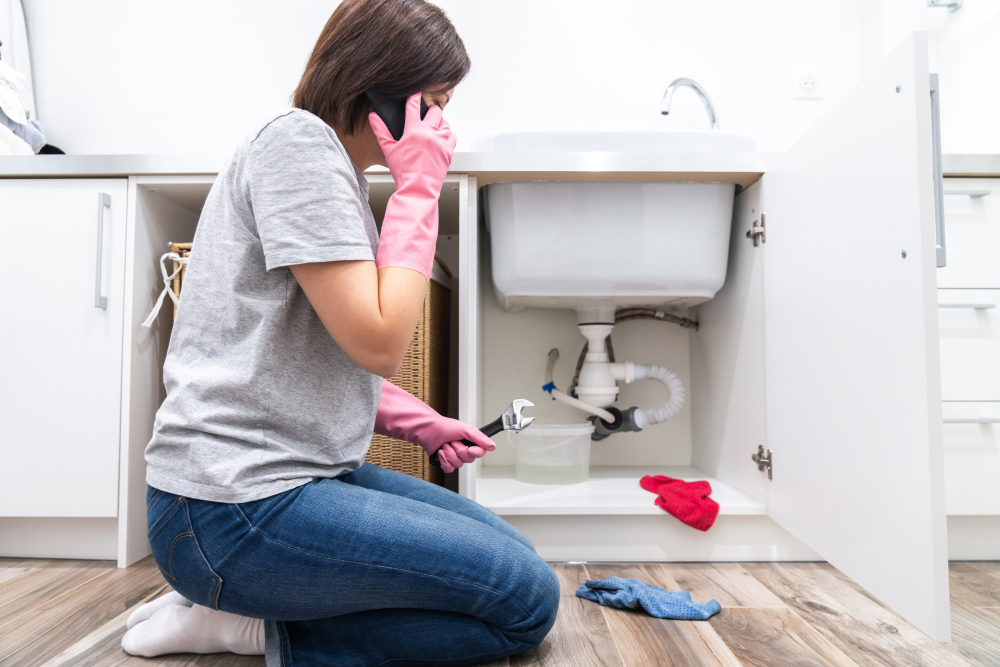
While hiring a professional plumber can minimize the likelihood of these problems, it’s still possible to experience them even with expert installation. Here are some common sink installation issues and how to troubleshoot them:
1. Leaks: If you notice water dripping from your newly installed kitchen sink, there could be several reasons for this issue.
It could be due to loose connections or damaged pipes during the installation process.
2. Clogs: A clogged drain is another common problem that homeowners face after installing a new kitchen sink.
This issue can occur due to food particles or debris getting stuck in the drainpipe.
3. Low Water Pressure: If your faucet has low water pressure after installing a new kitchen sink, it could indicate an issue with the aerator or valve.
4.Sink Not Draining Properly – Sometimes sinks don’t drain properly which leads to standing water in your basin and slow draining times.
Tips On Choosing the Right Kitchen Sink

First and foremost, you should think about your needs and preferences. Do you want a single or double bowl sink? What material do you prefer – stainless steel, porcelain, or granite composite? How deep do you want your sink to be?
Another important consideration is the size of your kitchen. If space is limited, then a smaller-sized sink may be more appropriate for your needs.
You should also take into account the style of your kitchen when selecting a new sink. A modern-looking stainless steel basin might not fit in with an old-fashioned country-style decor.
Don’t forget about functionality! Consider features such as built-in drainboards or garbage disposals that can make life easier in the long run.
By taking these factors into account when choosing a new kitchen sink and hiring professional plumbers for installation purposes will ensure that this essential element fits perfectly within both form and function of any home’s design scheme while providing years of reliable service without leaks or other issues arising from improper installation techniques used by inexperienced DIY enthusiasts who lack knowledge on plumbing systems’ intricacies!
FAQ
How much does it cost to install a sink in a kitchen?
The average cost to install a sink in a kitchen is around $420, with a typical price range of $216 to $628, and up to $1,700 for luxury sinks and additional features like countertop work or faucets.
How much does it cost to install a sink?
The cost to install a sink ranges between $200 and $350 on average, with factors such as room type and location influencing the final cost.
Do you need a plumber to fit a sink?
While it is possible to install a kitchen sink and taps yourself, hiring a plumber ensures that drains and pipes are also checked, addressing any issues before they escalate.
How long does it take for a plumber to fit a kitchen sink?
It takes a plumber approximately two hours to install most kitchen sinks.
What factors influence the price of kitchen sink installation?
High-quality materials, labor costs, complexity of installation, and the chosen sink style all influence the price of kitchen sink installation.
Can a homeowner without plumbing experience install a kitchen sink themselves?
A homeowner without plumbing experience can install a kitchen sink themselves, but it is recommended to seek professional assistance for optimal results.
What are the common challenges faced during a kitchen sink installation process?
Common challenges during kitchen sink installation include accurate measurements, securing fittings, connecting plumbing lines, and ensuring proper seals.




